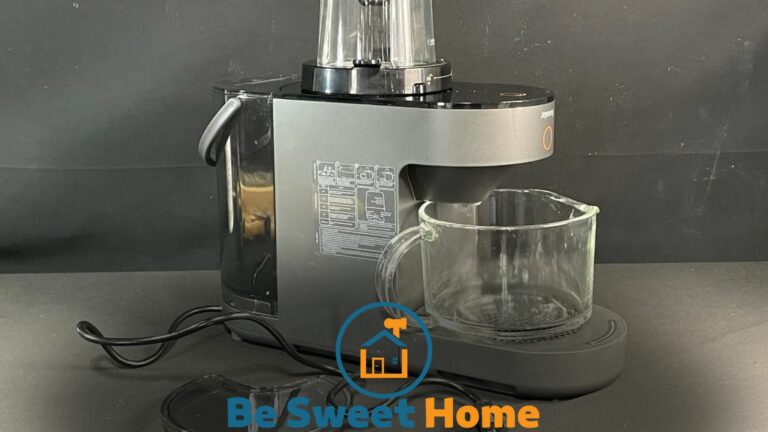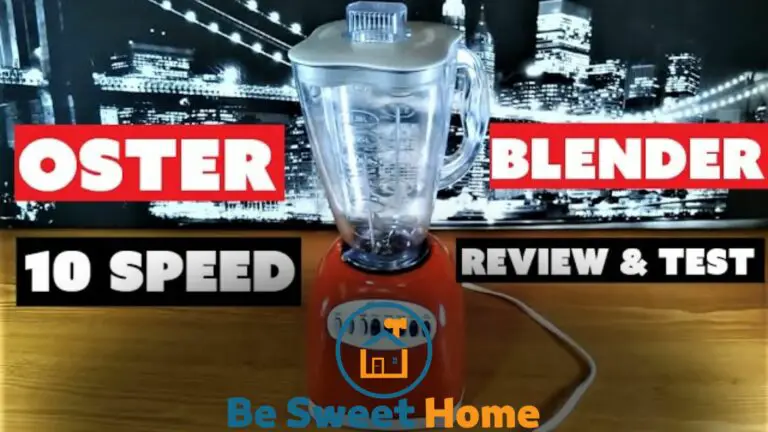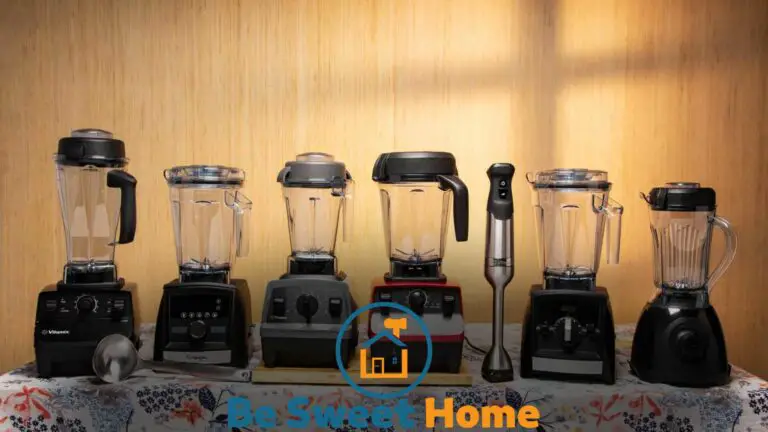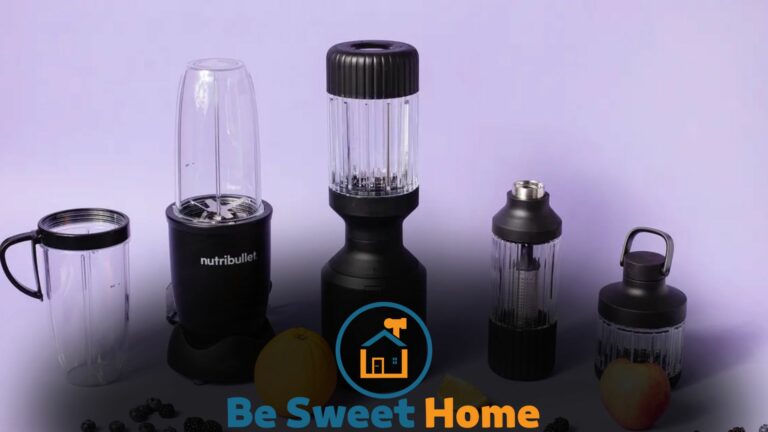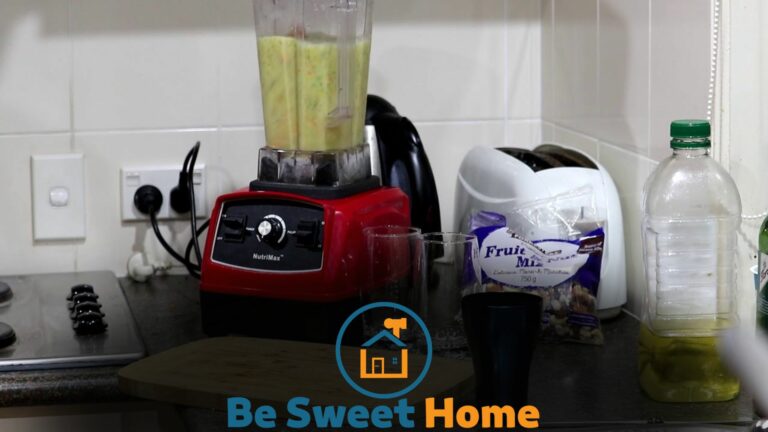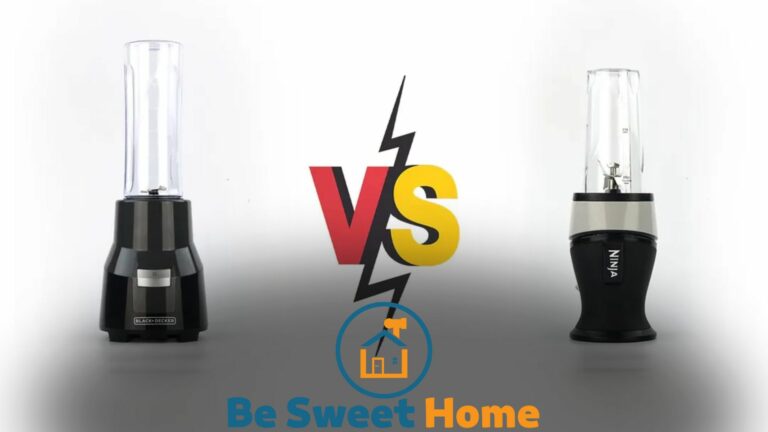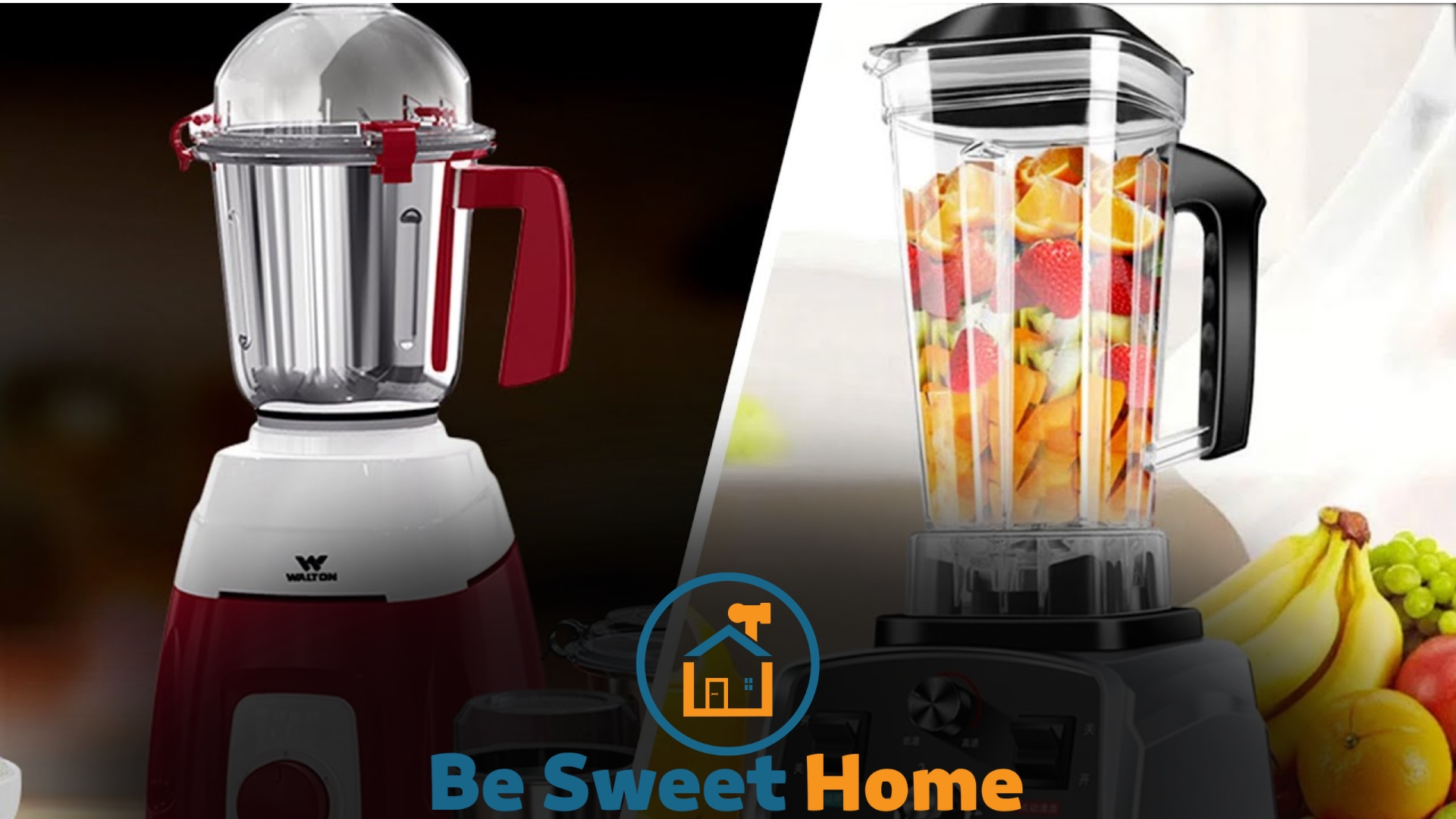

The main difference between a blender and a smoothie maker is their design purpose, a blender is for various tasks, while a smoothie maker specializes in making smoothies. Blenders generally offer a range of speeds and functions, smoothie makers are designed with features optimized for smoothie-making, such as a spout for easy pouring.
Embarking on a journey to create the perfect kitchen setup involves understanding the nuances of culinary appliances. A blender is your versatile kitchen companion, adept at crushing ice, pureeing soups, and chopping vegetables.
Smoothie makers, on the other hand, are the go-to gadgets for crafting the perfect smoothie, often featuring integrated stir sticks or dispensing taps for convenience. Both tools are essential for modern kitchens, but choosing which suits your needs depends on your culinary ambitions.
Whether you aspire to be a smoothie connoisseur or a master of all trades, each appliance holds a rightful place in the culinary toolkit, promising to deliver convenience and efficiency in meal prepping endeavors.
Blender vs. Smoothie Maker: the Basic Distinction
For many kitchen enthusiasts, blenders and smoothie makers are the go-to appliances for a quick mix. Though these devices share common goals, their design and functionality differ. This section delves into what sets blenders apart from smoothie makers.
Core Functions
Blenders take on a range of tasks. From pureeing soups to chopping nuts, their capabilities cover a wider spectrum. They consist of sharp blades that can handle both soft and hard ingredients.
Smoothie makers, as the name implies, specialize in creating smoothies. Their blades are tailored to easily blend fruits and vegetables into smooth, drinkable mixtures. Some even have spouts for direct serving.
Design Philosophy
Blenders boast a multipurpose design. Most come with variable speed controls and a robust build for diverse kitchen tasks. They’re built to last and tackle tough blending jobs.
Smoothie makers focus on convenience and speed. Compact and user-friendly, they cater to the on-the-go lifestyle. They often include travel cups for easy portability of your drinks.
| Appliance | Function | Design |
|---|---|---|
| Blender | Multipurpose mixing | Variable speeds, durable |
| Smoothie Maker | Smoothie specialization | Convenient, portable |
Mechanics and Power: Comparing Motor Strength
When choosing between a blender and a smoothie maker, understanding the mechanics and power is key. This section delves into motor strength variations shaping your mixing and blending experiences.
Blender Motor Capabilities
Blenders shine with versatility and power. Your typical blender comes equipped with a motor strong enough to crush ice, blend fruits, and pulverize tough ingredients.
Here’s why blenders pack a punch:
- High wattage for dealing with complex tasks.
- Variable speed settings adapt to different textures.
- Capable of performing multiple functions beyond just smoothies.
Bigger motors make blenders reliable for heavy-duty use. With wattage often ranging from 500 to 1000 watts, they can handle a mix of hard and soft ingredients.
Smoothie Maker Motor Efficiency
Smoothie makers are built for efficiency with one target: perfect smoothies. Their motors are designed to blend soft fruits and vegetables quickly and consistently.
- Lower wattage, often between 200 to 600 watts, focuses on soft ingredients.
- Motors are optimized for quick blending to retain nutrients.
- They manage energy better, providing efficient blending cycles.
Smoothie makers excel in specialized tasks with slimmer motor designs targeting your healthy drink needs.
Capacity and Size: Tailored for Task
When deciding between a blender and a smoothie maker, size matters. Each appliance excels in its role thanks to its design. Blenders typically offer larger volumes, accommodating a variety of recipes.
Smoothie makers, conversely, focus on individual servings, crafting the perfect drink with ease. Let’s understand each appliance’s capacity and how it aligns with your kitchen tasks.
Volume of Blenders
Blenders stand out with their spacious design. They are perfect for large batches of soups, sauces, or smoothies. Here’s a look at blender capacities:
- Classic countertop blenders – around 5 to 8 cups.
- High-performance blenders – can exceed 8 cups, suitable for commercial use or big families.
A larger blender means more room for ingredients. This simplifies preparing meals for groups or meal prepping for the week.
Serving Size Focus in Smoothie Makers
Conversely, smoothie makers are about quick and convenient single servings. Consider smoothie maker sizes:
- Personal smoothie makers – typically 1 to 2 cups.
- Compact smoothie makers – designed for easy storage and portability.
These gadgets are ideal for on-the-go lifestyles. Blend your favorite fruits, pop on the lid, and you’re ready to head out the door with a nutritious drink.
| Appliance Type | Volume | Best For |
|---|---|---|
| Blender | 5 to 8+ cups | Family-sized portions, variety of recipes |
| Smoothie Maker | 1 to 2 cups | Single servings, on-the-go drinks |
Blade Design: Precision vs. Versatility
Understanding the difference in blade design between blenders and smoothie makers is key to choosing the right appliance. Let’s explore how precision and versatility come into play with these kitchen gadgets.
Blender Blade Complexity
Blenders are designed with multiple blade shapes that create a powerful vortex to break down various ingredients. These blades are sharp and multi-leveled, offering the ability to crush ice, chop nuts, and puree vegetables with ease.
- Irregular blade angles: helps with processing diverse food textures.
- High-grade stainless steel: offers longevity and efficient cutting power.
- Detachable designs: allow for thorough cleaning.
Simplicity In Smoothie Maker Blades
Smoothie maker blades, on the other hand, emphasize simplicity and efficiency. With fewer and flatter blades, they streamline the process to create smooth, well-blended beverages. The blades are optimized for softer ingredients like fruits and leafy greens.
| Feature | Benefit |
|---|---|
| Simple blade assembly | Eases cleaning and maintenance |
| Consistent blending | Delivers smooth textures |
| Straight blade design | Focuses on pureeing soft items |
Feature Set: Beyond Basic Mixing
When choosing between a blender and a smoothie maker, the decision often boils down to the features they offer.
While both appliances primarily blend ingredients, advanced controls, and settings can elevate your mixing experience from simple to exceptional.
Understanding these enhanced capabilities helps to identify the perfect kitchen companion for your culinary creations.
Advanced Blender Controls
High-tier blenders sport features for precision and variety.
- Speed Variation: Switch from gentle blending to powerful pulverization.
- Pulse Function: Offers controlled bursts for coarse textures.
- Program Compatibility: Sync with apps for personalized recipes.
These functionalities ensure you can tackle any ingredient.
Smoothie Makers With Pre-programmed Settings
Smoothie makers often come with one-touch conveniences.
- Auto-Cycle: Press once for a complete blend cycle.
- Customizable Programs: Tailor settings for your favorite recipes.
- Easy-Clean Feature: Simplify your post-blend cleanup.
These tailored options create flawless smoothies every time.
Price Point and Value for Money
Choosing between a blender and a smoothie maker often means looking at how much you’re willing to spend and what you want from your investment. Price and performance vary significantly between these kitchen gadgets.
Let’s explore the cost differences and the value each appliance offers.
Investment Into High-performance Blenders
High-performance blenders often carry a heftier price tag but for a good reason. These appliances boast powerful motors, sophisticated features, and durable materials that can handle more than just smoothies.
Their versatility includes grinding nuts, making hot soups, and even making dough. A high-performance blender can be seen as an investment in a multi-use appliance that lasts years.
Cost-effective Smoothie Makers
In contrast, smoothie makers generally focus on one task – making smoothies. They are simpler and more affordable than their high-performance counterparts. These gadgets are perfect if you’re starting out or are on a tight budget.
While they may not have the same power or longevity, a cost-effective smoothie maker can still consistently deliver delicious and nutritious drinks.
| Appliance Type | Price Range | Best For |
|---|---|---|
| High-Performance Blenders | $200 – $600 | Versatility and longevity |
| Smoothie Makers | $20 – $100 | Budget-friendly and specific use |
- A high-performance blender is a long-term investment.
- A smoothie maker is more budget-friendly for smoothie enthusiasts.
- Both offer unique values depending on your needs.
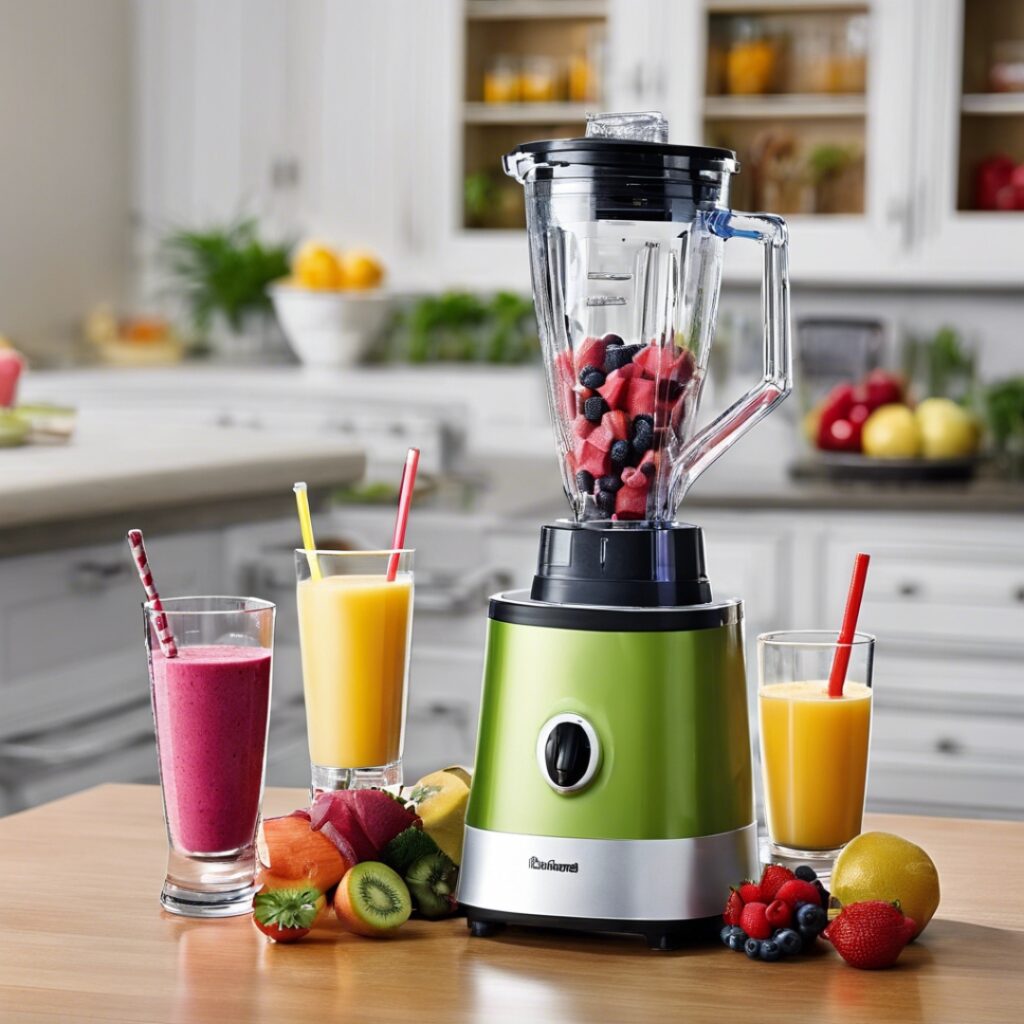
Frequently Asked Questions
What Distinguishes a Blender From a Smoothie Maker?
Blenders are multipurpose appliances that handle various tasks, while smoothie makers specialize in creating smoothies with single-serve and on-the-go blending features.
Can Blenders Crush Ice Like Smoothie Makers?
Most high-powered blenders can crush ice effectively like smoothie makers explicitly designed for that purpose.
Do Smoothie Makers Offer Multiple Speed Settings?
Some smoothie makers have multiple speed settings, but typically, they have fewer options than blenders, focusing on efficient smoothie blending.
What is the Typical Capacity of a Smoothie Maker?
Smoothie makers usually have smaller capacities, ideal for single servings, in contrast to blenders, which can accommodate larger volumes for multiple servings.
Are Smoothie Makers Easier To Clean Than Blenders?
Yes, smoothie makers often feature detachable, dishwasher-safe parts designed simply for quick and easy cleaning.
Conclusion
Understanding the distinction between blenders and smoothie makers simplifies your kitchen decisions. Blenders perform various tasks, while smoothie makers specialize in creamy drinks.
Select according to your culinary needs. Whatever choice you make, prepare for a world of tasty, nutritious beverages.

